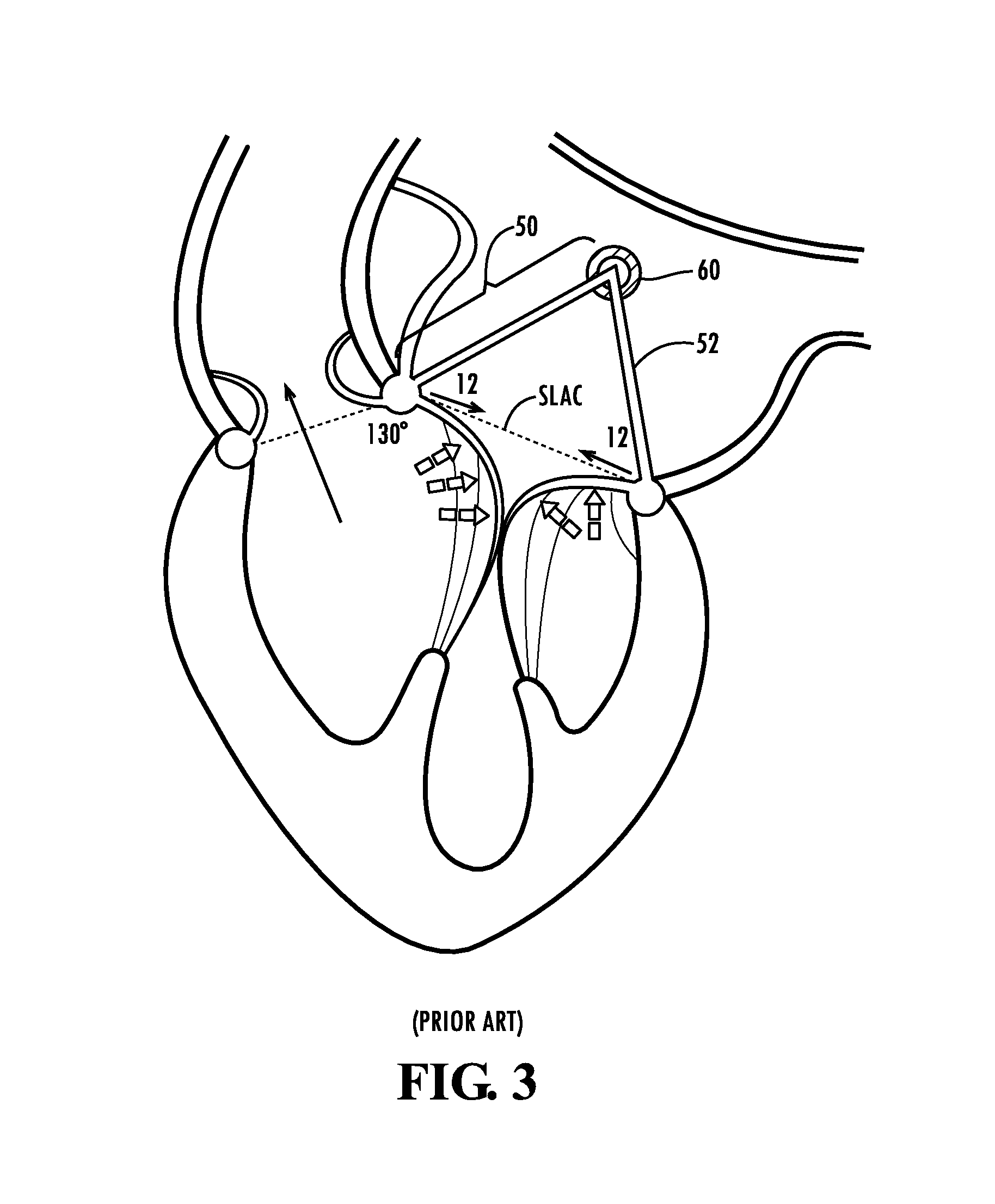Inventors at Georgia Tech have created a method, implant, and tool to control or restrict the septal-lateral diameter of an atrio-ventricular valve on a beating heart to improve the SLAC technique to treat IMR. One exemplary embodiment of the invention involves a method of improving the morphology of a deficient heart valve. The method first involves attaching an anchoring component to a first target site on a tissue component of a heart. A locking component is then attached to a second target site on the tissue component of the heart. Subsequently, a tension member is coupled to the anchoring component and the tension member is coupled to the locking component. The distance between the first target site and the second target site is adjusted by activating the tension member. The tension member can then be locked into place with the locking component. Several other embodiments can be used with the proposed technology, including a cinching apparatus that has an anchoring component with a proximal end and a distal end.
- Minimally invasive- tools for SLAC deployed endovascularly, percutaneously, or thorocoscopically through a catheter
- Effective- reduces the septal-lateral diameter on the mitral valve
- Biocompatible- provides an anchoring system for anchoring a minimally invasively deployed annuloplasty ring
- Correcting mitral annular size in cardiovascular interventions
- Improve the SLAC technique to IMR
Changes of the left ventricular structure and function in the heart by mitral regurgitation defines ischemic mitral regurgitation (IMR). Surgical treatment of IMR is hampered by suboptimal clinical results and mortality. Currently, small ring annuloplasty represents the standard repair technique for IMR. However, an experimental technique of septal-lateral annular cinching (SLAC) with a central transannular structure has shown promising results that suggest that the reduction of IMR is feasible without altering subvalvular geometry. Other procedures had been successful in correcting IMR, thus making SLAC a promising alternative.

